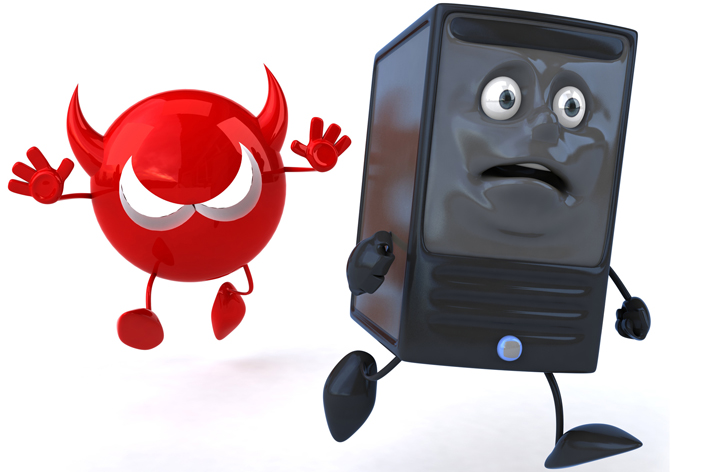Conficker worm "getting a lot uglier"
A new variant of the Conficker or Downadup worm has been spotted by Trend Micro.


The Conficker worm has mutated again, as another variant of the malware troublemaker has been spotted in the wild.
The new version of the worm is called WORM_DOWNAD.KK and is similar to recent variations of Conficker, which is also known as Downadup, according to Trend Micro's Jake Soriano.
"With this new variant, the entire DOWNAD mess is getting a lot uglier," Soriano wrote in the security firm's blog, adding that the worm is reaching "numbers matching that of giant botnets Storm and Kraken."
The last two versions of Conficker have infected one million computers and those are just the ones scanned by Trend Micro. Global estimates are closer to nine million if not more, Soriano said.
The new variant adds more generated domains, taking the number of domains it tries to connect to from 250 to 50,000. "While the worm only attempts to connect to around 500 randomly selected domains at a time, this modification is seen as an effort to add survivability to the DOWNAD botnet," Soriano said.
This creates problems not just because of volume, but because the worm generates domains already legitimately in use, making it hard to block them.
Security firm BitDefender has also seen a new variant of the Downadup worm, called Win32.Worm.Downadup.C. This version is apparently more resistant to disinfection and disables Windows Update in addition to blocking anti-virus websites.
Sign up today and you will receive a free copy of our Future Focus 2025 report - the leading guidance on AI, cybersecurity and other IT challenges as per 700+ senior executives
"BitDefender Labs has been seeing an increase in worms, like Downadup, that have a built-in mathematical algorithm, generating strings based on the current date," said Vlad Valceanu, BitDefender's senior malware analyst.
"The worms then produce a fixed number of domain names on a daily basis and check them for updates. This makes it easy for malware writers and cyber criminals to upgrade a worm or give it a new payload, since they only have to register one of the domains and then upload the files."
Freelance journalist Nicole Kobie first started writing for ITPro in 2007, with bylines in New Scientist, Wired, PC Pro and many more.
Nicole the author of a book about the history of technology, The Long History of the Future.
-
 Cloudflare is cracking down on AI web scrapers
Cloudflare is cracking down on AI web scrapersNews Cloudflare CEO Matthew Prince said AI companies have been "scraping content without limits" - now the company is cracking down.
-
 Swiss government data published following supply chain attack – here’s what we know about the culprits
Swiss government data published following supply chain attack – here’s what we know about the culpritsNews Radix, a non-profit organization in the health promotion sector, supplies a number of federal offices, whose data has apparently been accessed.
